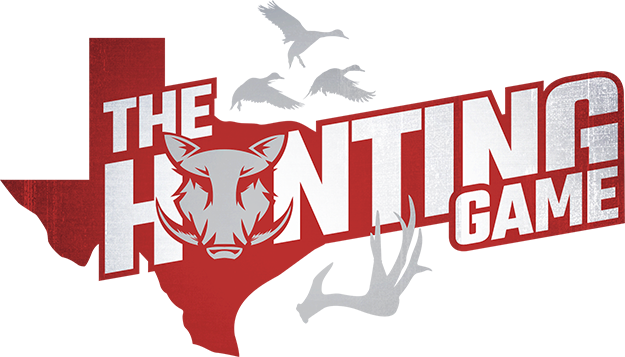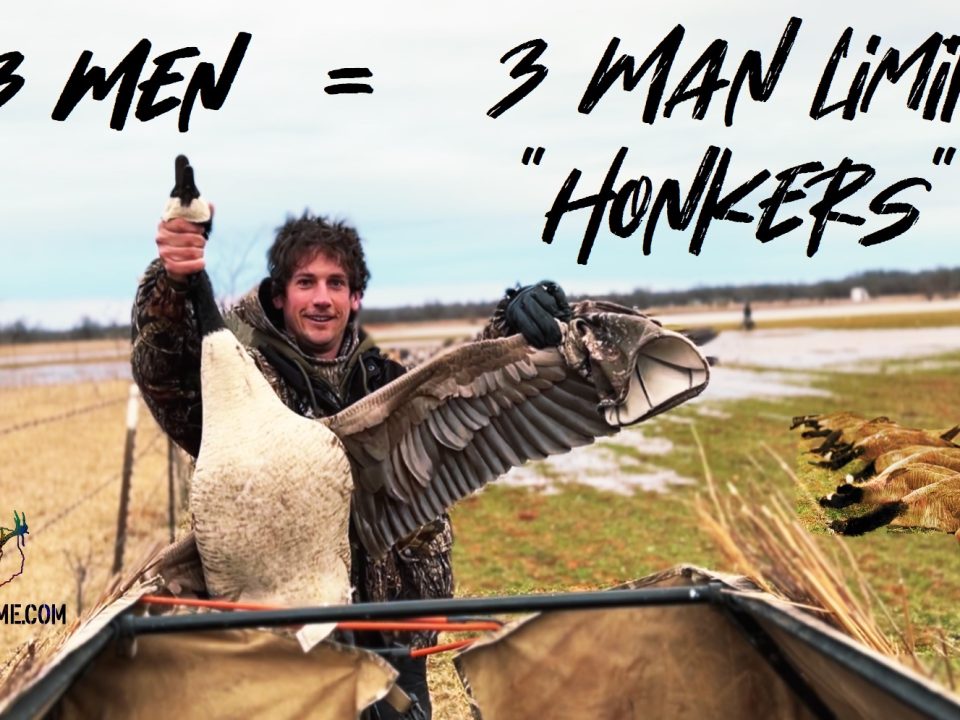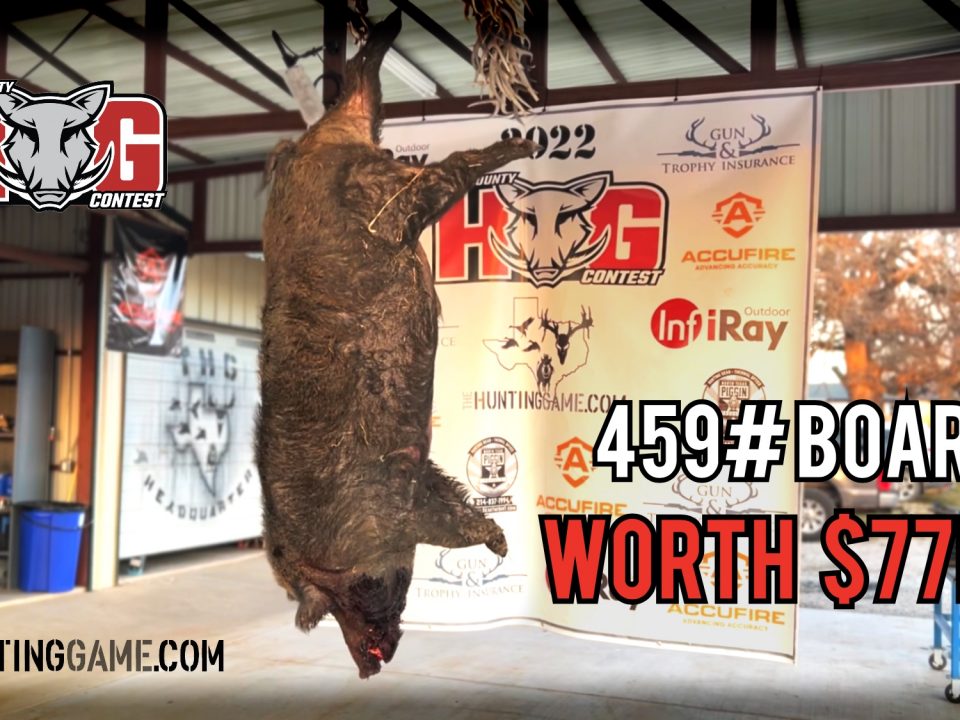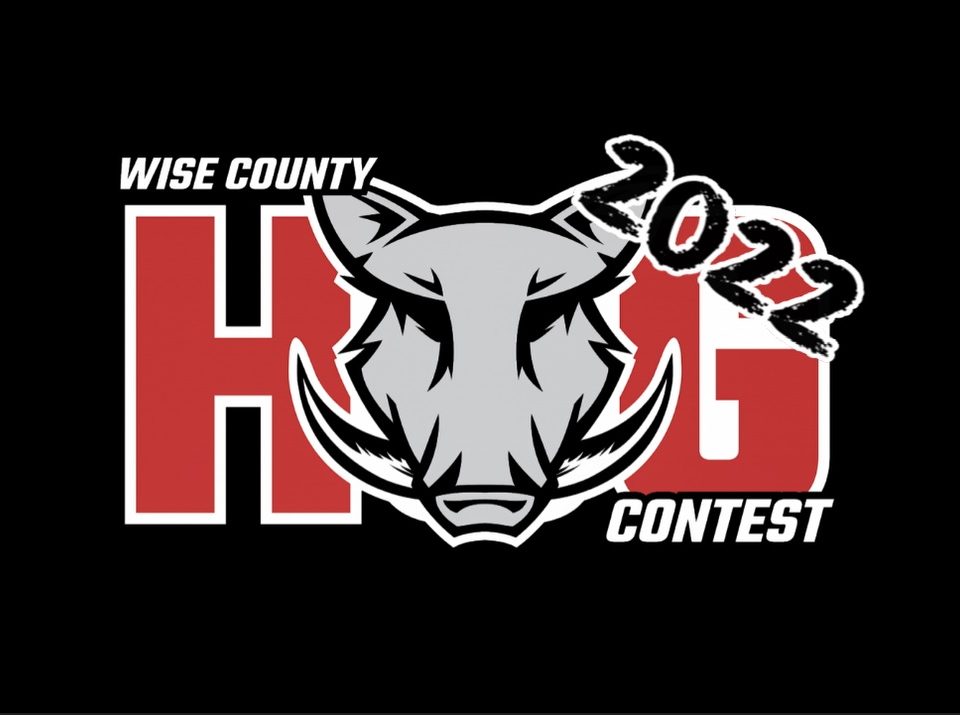Via WideOpenSpaces.com
I’m not so sure I like this article. I still hate squirrels! I still have one jump on me every deer season while in my bow stand. I even bought a blow dart gun to have in the stand with me for the same one that barks at me in the same spot year after year… he’s going down!
Learn how to use squirrels to improve your deer hunting, and you’ll wonder why you never did before.
Sitting in a deer stand or blind is an effective way to take a nice deer. Once you’ve found the perfect place to set up, it is just a matter of time until a nice buck shows his face.
The trick is to be ready when he does. In order to do that, it’s important to be aware of your surroundings and to keep an eye on the actions of the small wildlife moving all around you.
Even though they’re known in a lot of circles as varmints, paying attention to squirrels is a fantastic way to know a deer is approaching long before you ever lay eyes on him.
Squirrels and other small animals will come out to feed not long after you settle into your stand or blind. They quickly forget about your presence as long as you don’t bring attention to yourself.
Once they’ve forgotten about you, they will typically go about their normal feeding routine, and watching their actions can tell you whether the area is quiet and inactive or if they sense the presence of a large animal.
Squirrels are great natural alarm systems. By understanding the motives behind their alarms and actions, hunters can gain a nice advantage in knowing when a deer is on the way.
What it Means When a Squirrel Runs up a Tree and Barks
Squirrels feel safest in a tree. When they feel danger approaching, they will find a tree (preferably hollow) and either get to the highest point on that tree and bark repeatedly or find a convenient den hole to enter.
If you see a squirrel playing and feeding normal, but then it suddenly stops and hightails it for the nearest hollow tree, you can bet something is up.
For whatever reason, squirrels don’t necessarily like deer. Maybe it’s competition for a food source or simply the presence of an animal so much larger invading their comfort zone. There is no clear reason why, but the truth is, if a squirrel hears a deer coming through an area, nine times out of ten, that squirrel will sound a warning and hit the nearest tree.
Of course, deer aren’t the only animals that will cause a squirrel to find a tree and sound an alarm. Coyotes, foxes, turkeys, other large game animals, and other humans will also cause squirrels to head for the safety of a tree.
If you’re in your stand and are mindful of the squirrels around you, you just might get a heads up when that big buck is headed into your area simply by watching the squirrel’s actions.
Watch Where Squirrels Feed to Know where the Best Mash is Located
Squirrels use the mash from hardwood trees to survive the cold winter months. They will find a stand of white oak or hickory trees and store enough nuts to last until spring.
However, even though these small tree dwellers pack away food all summer and fall, they still spend most of their winter days searching through the bed of leaves under nut producing trees to supplement their stores.
By watching where squirrels spend most of their time feeding, a hunter can get a great idea of where the best food source is for deer moving through their hunting area.
Knowing where the food source is located is a crucial piece of information for pre and post rut hunts, when deer are more focused on surviving than breeding.
Watching squirrels for hints of deer movement is a great way to gain an advantage on a deer hunt. However, hunters can benefit from a squirrel’s wisdom when it comes to bagging a coyote or feral hog as well.
Squirrel Hunting Partners
Paying attention to squirrel habits is like hunting with a four-legged hunting buddy.
They aren’t just for varmint hunting in the off season, tough they do serve good target practice in that role. That’s the obvious way to use squirrels to improve your hunting, but a lot of hunters forget about it.
Squirrels are, believe it or not, another tool you can use to be a more successful hunter.




